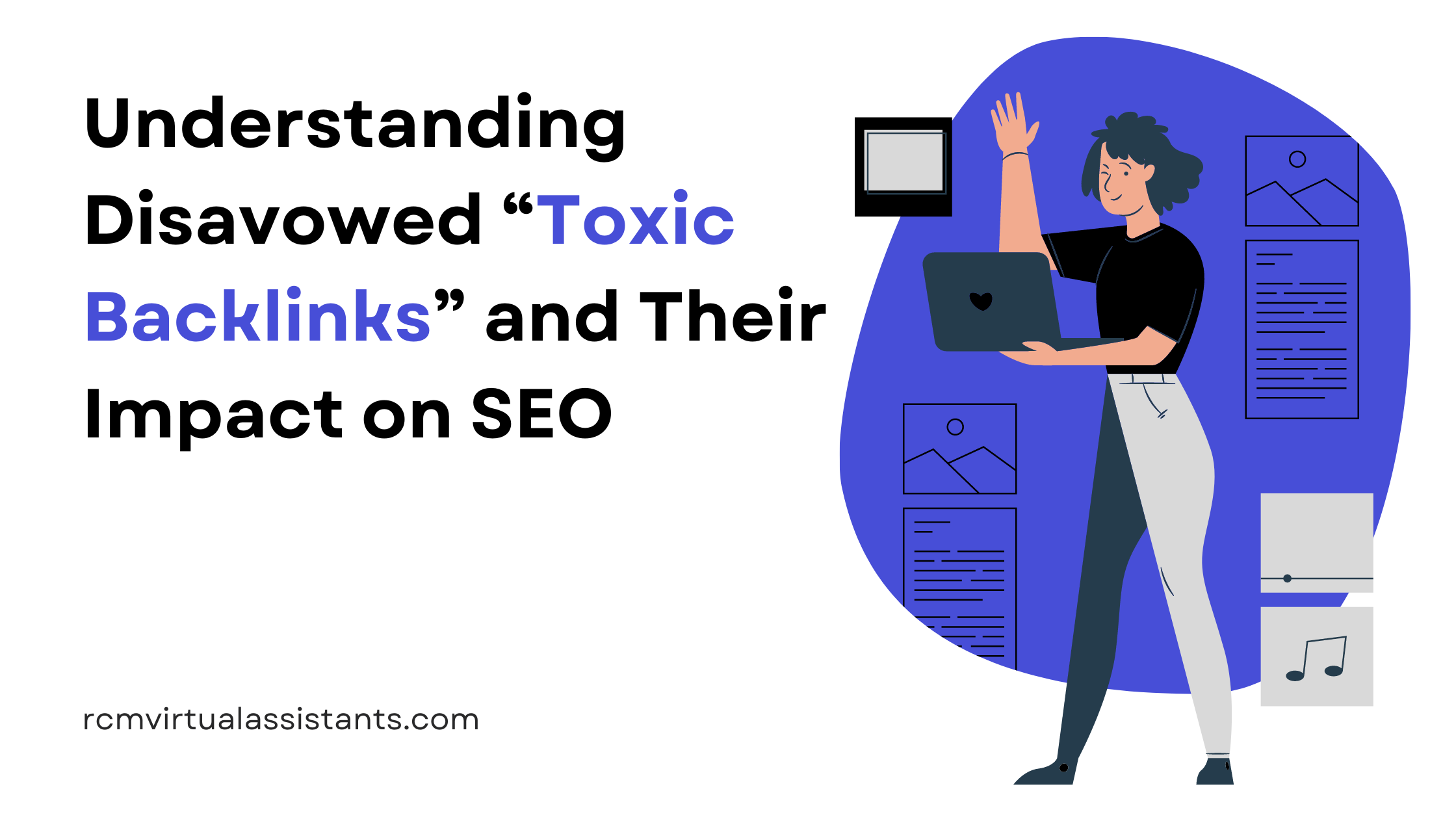Phone:
(701)814-6992
Physical address:
6296 Donnelly Plaza
Ratkeville, Bahamas.

Imagine you’re building a house, and you’ve carefully selected each brick to ensure a sturdy structure. Now, what if someone started adding faulty bricks without your consent? That’s somewhat akin to what happens with toxic backlinks in the digital world. These are links from low-quality or spammy websites that point to your site. They’re like uninvited guests at a party who are more likely to cause trouble than contribute positively.
Toxic backlinks can harm your website’s reputation and its performance in search engine rankings. Google, for instance, takes a dim view of such links and can penalize your site, affecting your visibility in search results.
Disavowing toxic backlinks is akin to removing those pesky faulty bricks from your house’s foundation. As an SEO specialist in the Philippines, I’ve seen firsthand how these toxic links can derail a well-oiled SEO strategy. When you disavow a backlink, you’re essentially telling search engines, “I don’t want this link associated with my site.” It’s a way to protect your site’s integrity and maintain a good standing with search engines.
So, how do you find these unwelcome links? Here’s a little trick I’ve picked up over the years: Think of it as detective work. Start by reviewing your backlink profile using tools like Ahrefs or SEMrush. Look out for links from:
Personal Anecdote: I once had a client who was bewildered when their rankings suddenly dropped. After a thorough backlink audit, we found a bunch of links from obscure, unrelated sites. It was like finding the needle in a haystack, but once we disavowed those links, their rankings started to recover.
Disavowing backlinks isn’t as straightforward as hitting a button; it involves a bit of a process. Here’s a step-by-step guide:
Spontaneous Tip: Sometimes, it’s helpful to reach out to the webmasters of toxic sites and request the removal of your link before resorting to disavowing. It’s a bit of a long shot but worth trying!
As an SEO specialist in the Philippines, my job isn’t just to optimize your content and manage backlinks but also to keep an eye out for these potential issues. Think of me as a digital bodyguard for your website. I can help identify, manage, and disavow toxic backlinks, ensuring your SEO strategy stays on track.
Engagement Question: Have you ever faced issues with toxic backlinks? How did you handle it, or are you considering getting professional help? Share your experiences or thoughts below!
Toxic backlinks are like digital troublemakers that can undermine your SEO efforts. By identifying and disavowing these harmful links, you protect your site’s reputation and maintain a healthy backlink profile. It’s an ongoing process that requires vigilance and strategy.
If you need help navigating the complex world of SEO and managing your backlink profile, feel free to reach out. Whether you’re dealing with toxic backlinks or looking to enhance your overall SEO strategy, I’m here to help you achieve your digital marketing goals.
Looking to take your SEO strategy to the next level? Contact me today for expert assistance with backlink management and more!